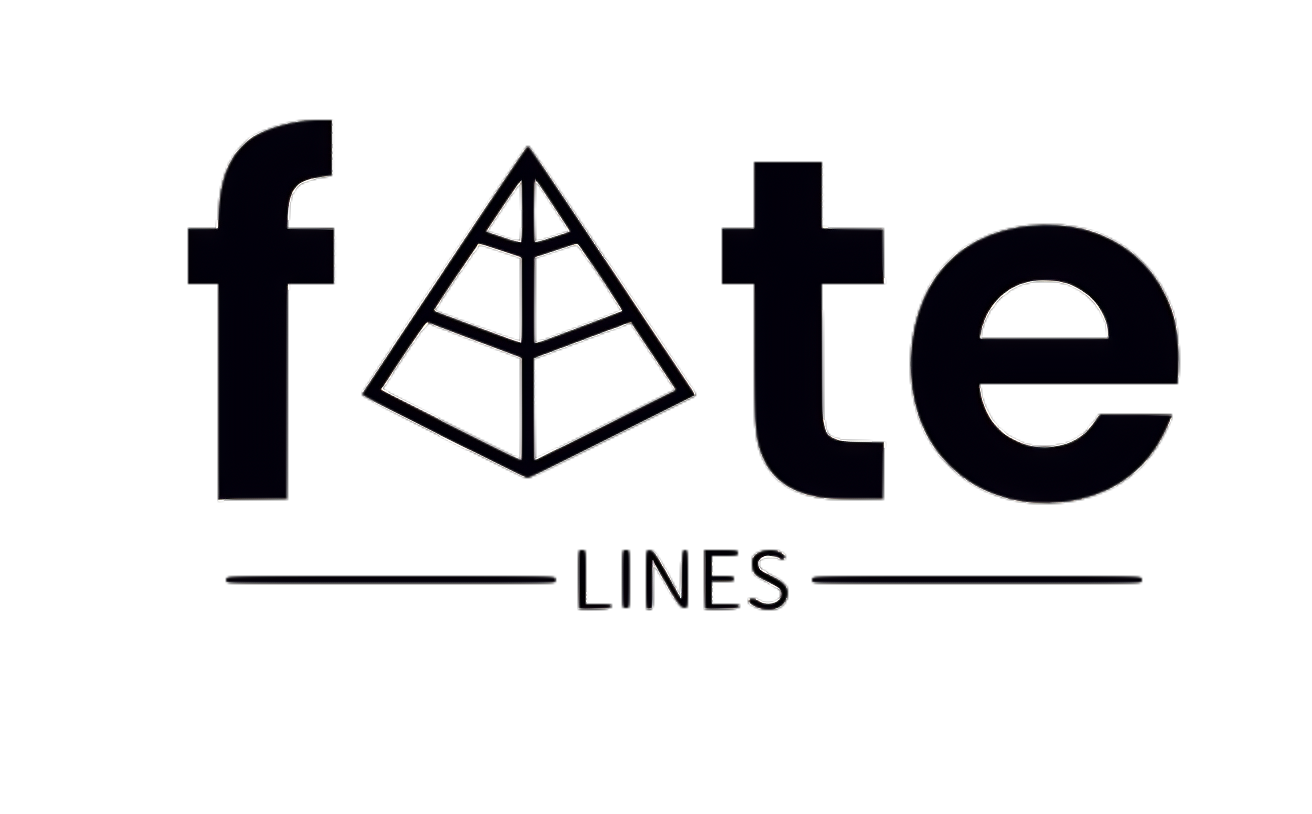The Nuckelavee: A Haunting Legend of Irish and Scottish Mythology
Mythology reveals the profound anxieties of cultural groups, embedding fears of unseen threats into compelling narratives. In the realm of Irish and Scottish folklore, the Nuckelavee emerges as one of the most intimidating figures, as it surfaces from the ocean to unleash disease, destruction, and despair. Despite its relative obscurity compared to other legendary beings, the Nuckelavee stands as a terrifying hybrid creature that embodies nature’s unpredictable chaos, sickness, and violence.
Historical Context and Origin
The legend of the Nuckelavee traces its lineage back to the oral lore of the Orkney Islands, which lie off the northern coast of Scotland, shaped by both Irish and Norse influences. Here, the sea was a vital part of existence, ensuring sustenance but also posing a significant threat through its storms and hazards. The Nuckelavee symbolizes these dual aspects—the life-giver and taker—of the maritime environment.
This article delves into the Nuckelavee’s origins, features, significance, and interrelations within the mythological landscape, while uncovering its role as an ominous warning about humanity’s complex interplay with nature.
Etymology and Cultural Roots
The term Nuckelavee is believed to derive from “knoggelvi,” a lexicon rooted in Orcadian terminology and entwined with Norse heritage. Comparisons can be drawn with the nokk— a deceptive water spirit from Scandinavian tales— that lures unsuspecting individuals to their doom. However, the Nuckelavee is depicted as far more monstrous and horrifying than both the nokk and the Irish kelpie.
Unique to the Orkneys, the Nuckelavee is emblematic of the dread that coastal cultures harbored towards the sea’s dangers. It transcends the archetype of a mere water spirit, representing a profound embodiment of malevolence, disease, and chaos.
The perilous maritime conditions unique to Orkney land encouraged the creation of fearful lore about aquatic monsters like the Nuckelavee, helping communities to rationalize misfortunes that befell them, including shipwrecks and disease outbreaks.
Disturbing Physical Description
The Nuckelavee’s most striking feature is its grotesque form, often depicted as a horrifying fusion of man and horse, amalgamating the most disturbing traits of both. While there are variations in its depiction, it consistently evokes feelings of dread.
A Terrifying Hybrid
Described commonly as possessing the body of a horse, the Nuckelavee features a deformed humanoid figure sprouting from its back—an entity that looms larger than any human. With elongated limbs that resemble grotesque appendages and an enormous, gaping mouth, the humanoid figure radiates malevolence. Its disproportionately swollen head and bloodshot eye contribute further to its nightmare-inducing appearance.
The equine aspect of the creature is equally horrifying, often depicted as flayed, with exposed flesh and visible veins filled with dark blood. The stench of decaying flesh is said to accompany the Nuckelavee, and some versions depict it as having fins rather than legs, enhancing its association with the ocean.
Deadly Exhalation
The Nuckelavee’s breath is another defining characteristic, described as harboring the power to spread disease and death—a quality that aligns it with other mythological entities heralding illness like the morrígan, goddess of war in Irish lore. While the morrígan represents death on the battlefield, the Nuckelavee’s malignant influence suffuses the very air around it.
In the folklore of its origins, the creature’s breath causes crop blights, livestock deaths, and human epidemics. For communities reliant on the land and sea, the Nuckelavee personifies numerous terrors—sudden outbreaks of disease mirroring the unpredictable nature of the waters.
The Nuckelavee’s Territory: Bridging Sea and Land
Primarily, the Nuckelavee is seen as a denizen of the sea, yet it exhibits the ability to transverse onto land, unleashing havoc wherever it goes.
The Ocean as a Duality
The Nuckelavee’s coastal origins mirror a prevalent theme within Irish and Scottish myth: the sea as a life source and a perilous entity. For communities living by the ocean, the element was crucial for their survival, yet it was equally capable of unleashing devastation. The creature stands as an emblematic reminder of nature’s fierce unpredictability, illustrating human vulnerability in its presence.
Ashore with Destructive Intentions
Emerging from the waves, the Nuckelavee is said to wreak havoc during dire times of drought, famine, or disease, acting as a bringer of disaster. Various tales suggest that its ability to ashore is contingent on specific natural conditions—certain winds or lunar phases—indicating a deep connection between the creature’s movements and the rhythm of nature.
Interestingly, the Nuckelavee has limitations. It is said to be unable to cross freshwater bodies, making rivers and streams natural barriers that shield communities from its terror. This mythological aspect not only provides a semblance of hope amid dangers but also illustrates tribal wisdom on respecting natural boundaries.
Symbolism of Fear and Nature’s Vengeance
The narrative surrounding the Nuckelavee transcends a mere monstrous character; it encapsulates the human fears linked to nature’s uncontrollable elements and disease.
Manifestation of Disease and Insecurity
The creature symbolizes the pervasive dread of epidemics. In the remote communities of the Orkney Islands, where medical resources were scant, disease was an ever-looming threat. The Nuckelavee serves as an explanation for sudden health crises—a supernatural embodiment of the invisible tragedies threatening human existence.
Unlike the banshee, who passively heralds death, the Nuckelavee is an active harbinger of suffering, solidifying its status as a profoundly terrifying being. It represents the malevolent forces behind mortality itself.
Epitome of Nature’s Fury
Furthermore, the Nuckelavee represents nature’s fury and the multifaceted relationship humans hold with their environment. As a creature of the sea, it explores the notion of humanity’s constraints in the face of nature’s powers. The dichotomy of the sea—becoming both giver and taker of life—finds representation in the figure of the Nuckelavee.
The ability to tread both land and sea emphasizes that no place is truly free from nature’s turmoil. This characteristic renders the Nuckelavee even more terrorizing, as it possesses the power to endanger life irrespective of terrain.
Defeating the Nuckelavee: Myths of Protection
Despite its ominous power, folklore suggests methods to defend or even banish the Nuckelavee.
Freshwater Safeguards
One major vulnerability lies in its aversion to freshwater. This aspect represents a beacon of hope in tales, with rivers and streams serving as protective barriers against the creature’s rampage. Communities would often use these sources as a protection mechanism, reflecting the broader theme of water as a purifying entity in Celtic belief.
The Sea Mither’s Benevolence
Some legends introduce a benevolent spirit known as the Sea Mither, thought to restrain the Nuckelavee. The Sea Mither embodies tranquility, fertility, and life—a counterpart to the destructive forces of the Nuckelavee. According to tales, the two spirits are engaged in an eternal tussle, with seasonal changes influencing their power dynamics.
In times of distress, people might invoke the Sea Mither’s protection, seeking her aid to restore harmony and repel the devastating influence of the Nuckelavee back to the seas.
Contemporary Culture and Significance
While the Nuckelavee may not command the same recognition as other legendary figures, it has made its mark in contemporary literature and popular culture. Its grotesque visage and connection with calamity make it a compelling subject for writers and creators exploring the dynamics of fear and the natural realm.
Portrayals in Fantasy
The Nuckelavee graces various fantasy settings, often depicted as a formidable antagonist. Its hybrid nature makes it an enticing character for narratives rooted in darkness. Noteworthy authors like Neil Gaiman and Diana Wynne Jones have incorporated the Nuckelavee into their storytelling, capitalizing on its treacherous essence to craft unforgettable villains.
A Metaphorical Representation
Beyond fantasy, the Nuckelavee embodies a potent metaphor for the uncontrollable forces threatening human existence. In contemporary settings, it can symbolize ecological devastation, climate crises, or pandemics—elements that, like the Nuckelavee, arise unexpectedly to wreak havoc.
Its disturbing fusion of man and horse also raises alarms about the unnatural, reflecting an anxiety about societal ruptures and chaos. The Nuckelavee stands as a living testament to the fears and worries entrenched within coastal communities, embodying the risks associated with the sea and disease.
Conclusion
The Nuckelavee emerges from the veil of mythology, encapsulating a profound fear of nature, disease, and chaos. This grotesque creature remains one of the most haunting figures in Irish and Scottish folklore, symbolizing humanity’s fraught relationship with the wild and unpredictable forces of the natural world. As tales of the Nuckelavee continue to echo through time, they serve as a solemn reminder of the perilous balance between human existence and the wrathful power of nature.


